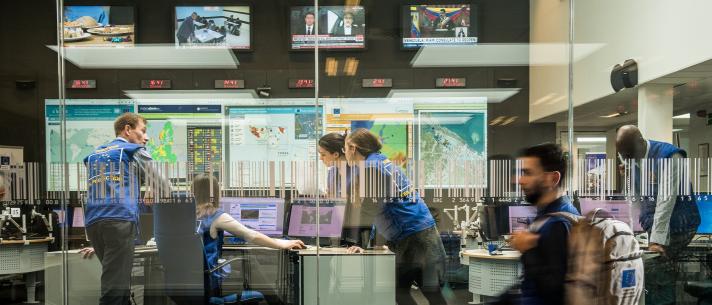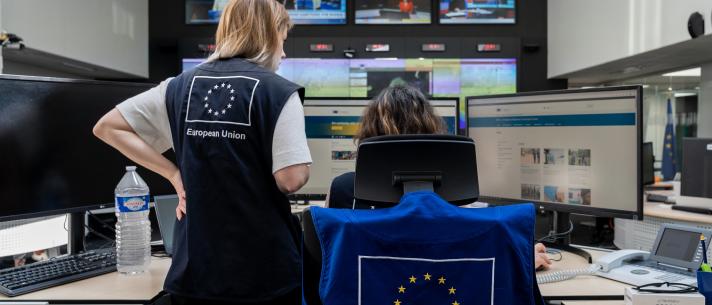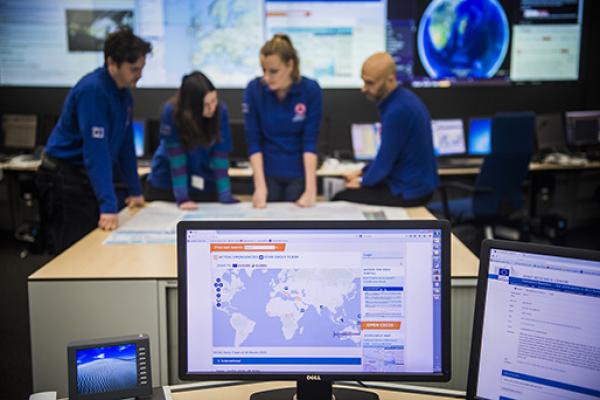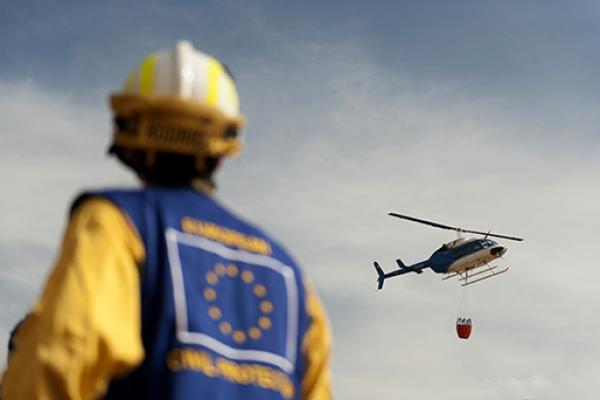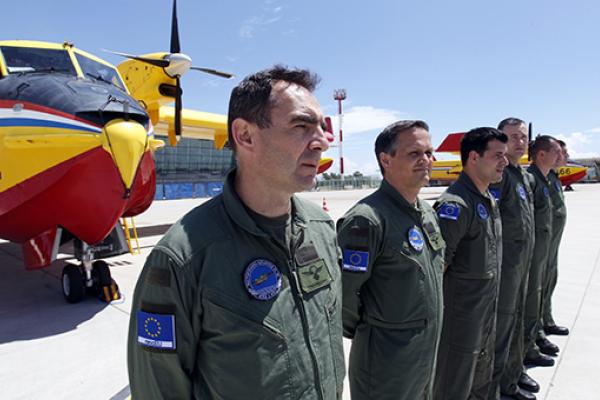Wildfires, earthquakes, or a global pandemic. Recent events have proven that no country is immune to disasters. In times of crisis, rapid and coordinated response is essential to saving lives and minimising damage. That’s where the EU’s Emergency Response Coordination Centre (ERCC) steps in.
Celebrating its 10th anniversary this year, the ERCC has been the backbone of the EU’s emergency response and the heart of the EU Civil Protection Mechanism.
Working 24/7, 365 days a year, the EU’s disaster response hub has responded to over 650 requests for assistance, ensuring the timely delivery of support to countries in urgent need.
A walk through the history of the ERCC
Let’s take a closer look at how the ERCC has transformed crisis management and strengthened Europe’s resilience over the past decade.
- 15 May 2013The ERCC starts its operations!
To inaugurate the premises, Jose Manuel, Barroso, President of the European Commission, centre, and European Commissioner Kristalina Georgieva are joined by other VIPs to cut the ribbon.
Furthermore, a new legislation of the EU Civil Protection Mechanism outlined the role and responsibilities of the ERCC. It was designed to act as a 24/7 emergency hub monitoring and responding to emergencies worldwide upon activation by the countries affected.
- 7 November 2013First major emergency: typhoon Haiyan
Typhoon Haiyan was one of the strongest tropical storms ever recorded. It struck the Philippines in early November 2013, causing massive devastation, thousands of deaths, and a major humanitarian crisis.
Several EU countries stepped in to provide emergency assistance through the EU Civil Protection Mechanism.
This was the first major emergency where the ERCC played its role as a coordinator. It made sure that the situation was closely watched, and it quickly sent out staff and resources to assist.
The Typhoon Haiyan disaster was also one of the first times that experts in EU civil protection and humanitarian aid worked together on the ground in a coordinated way to provide assistance.
- December 2014Ebola crisis in West Africa brings about new challenges
In 2014, Christos Stylianides, who was Commissioner for Crisis Management, took the role of EU Ebola Coordinator.
During this time, the ERCC coordinated the deployment of emergency supplies and experts. It also managed evacuation requests in cooperation with the World Health Organization.
The Ebola crisis was the biggest-ever civil-military cooperation under EU Civil Protection Mechanism.
The operation was coordinated by the ERCC to send the Dutch biggest navy vessel “Karel Doorman”, full of humanitarian assistance, to Ebola-hit countries in West Africa.
- May 2015Devastating earthquake hits Nepal
On 25 April 2015, an earthquake hit Nepal, causing massive destruction.
Thanks to the ERCC’s coordination role, the EU dispatched civil protection teams and coordinated the delivery of assistance provided by EU countries.
Over 15 EU countries showed solidarity with Nepal sending resources like tents, water purification systems, search and rescue teams, and medical personnel.
However, getting these teams to the affected areas was quite challenging due to the difficult terrain and logistical obstacles.
In addition, there were many European tourists stranded in the mountains who needed assistance to be brought back home.
- Summer 2017Strongest wildfire season in Europe
In 2017, Europe experienced a devastating wildfire season. It was particularly hard in Portugal, where over 1 million hectares of land were scorched and more than 200 people lost their lives.
This was the most difficult fire season for the ERCC, with 17 requests for assistance.
There were moments during the season when no response resources were available because many countries were dealing with extremely high fire risks.
With climate change fuelling wildfires, preparedness was key.
To better prepare for upcoming wildfire seasons, the EU established a new fleet of firefighting resources, known as the rescEU fleet.
- 2018Wildfires in Sweden and earthquake in Indonesia
The ERCC had 2 major operations to coordinate in 2018: strong wildfires in Sweden and a 7.5-magnitude earthquake in Indonesia.
The fires in Sweden showed that large wildfires can significantly affect not only Mediterranean countries but also extend into Northern EU countries.
For the fires in Sweden, the ERCC deployed planes, helicopters, vehicles, and personnel from across Europe to tackle the blaze.
It was the largest deployments of ground forces (more than 400 firefighters) in the EU Civil Protection Mechanism at that time.
For the earthquake in Indonesia, the ERCC deployed technical experts and EU civil protection officers, and coordinate the in-kind assistance offered by various EU countries.
Indonesia’s earthquake marked a milestone in the ERCC early warning and situational awareness with the use of expert judgment and scientific support under the Aristotle system.
- Early 2020COVID-19: a major health emergency in the heart of Europe
The COVID-19 pandemic was a huge logistical challenge for the ERCC, and an unprecedented health emergency for the EU.
Requests for assistance jumped from 20 in 2019 to 102 in 2020. Since the very start of the pandemic, the ERCC worked tirelessly to respond to request for assistance by various Member States and countries worldwide.
In April 2020, the ERCC deployed European medical teams from Romania and Norway to Italy to support the country in the peak of the pandemic.
During COVID-19, the ERCC (i) coordinated the delivery of medical staff and equipment, (ii) evacuated stranded EU citizens, and (iii) provided vaccines to those countries that sought assistance.
- February 2022Russia’s war on Ukraine
In response to Russia’s war of aggression on Ukraine, the ERCC has been coordinating the largest-ever emergency operation since the creation of the EU Civil Protection Mechanism.
The ERCC has helped channel millions of emergency items to Ukraine and the surrounding region.
The faces of the ERCC
The work of the Emergency Response Coordination Centre wouldn’t be possible without its duty officers. They work day and night, monitoring disasters and coordinating the EU’s response to crises and emergencies worldwide. Their passion, commitment, and professionalism are vital to ensure the success of the EU’s emergency response.
Meet some of them.
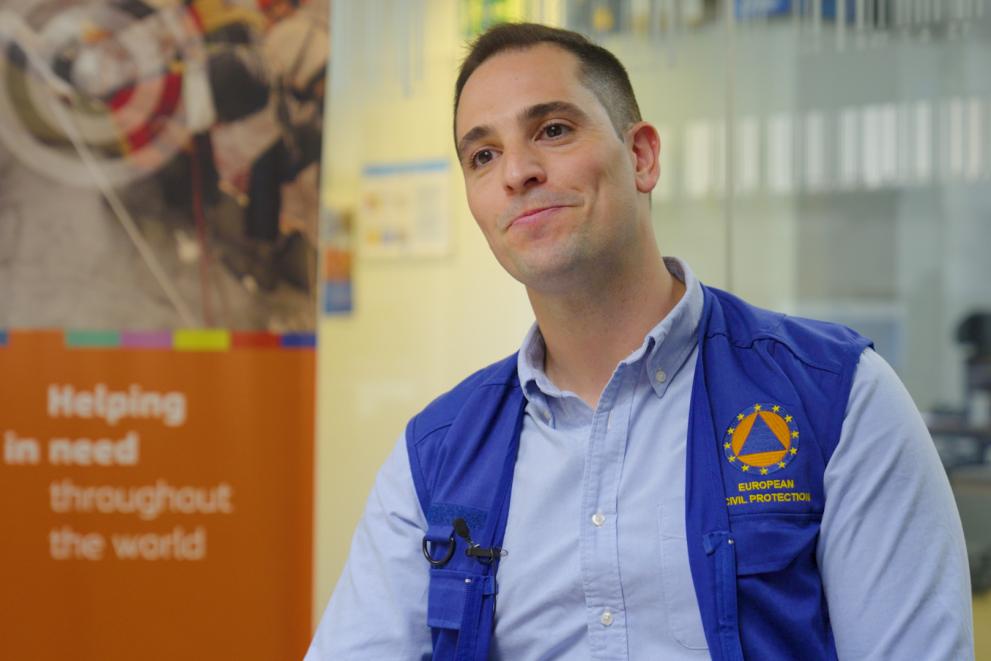 Javier Ochoa
Javier OchoaEU Emergency Response Coordinator
“The EU Emergency Response Coordination Centre is in a unique position to coordinate the delivery of assistance of Member States and participating states, while also bringing together colleagues in the field and also EU humanitarian partners. The ERCC is like a cooperation hub like no other.”
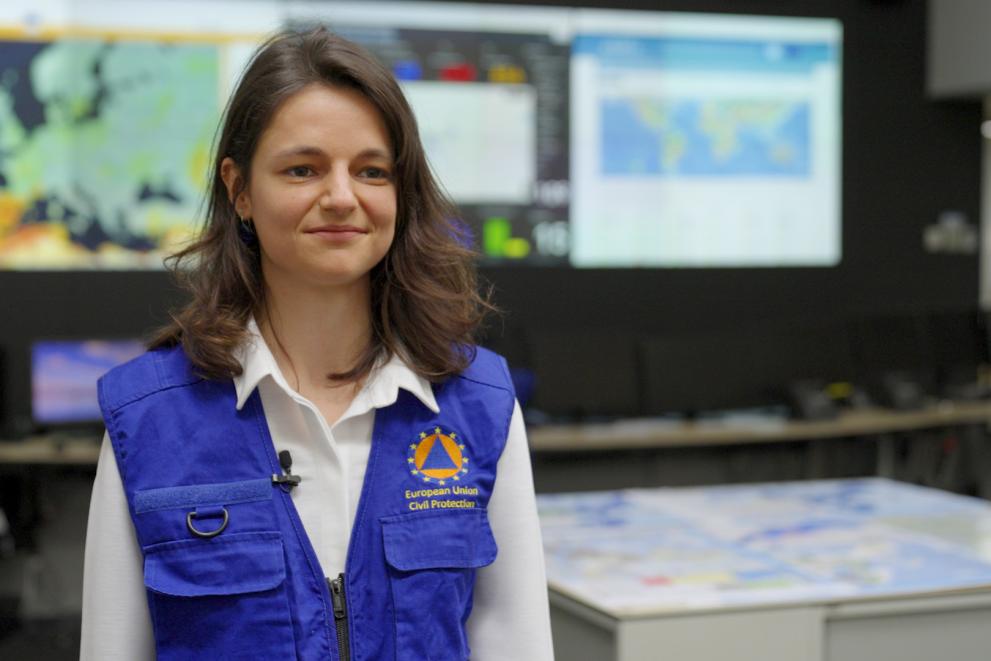 Sien Vanlommel
Sien VanlommelEU Emergency Response Coordinator
“An emergency can happen at any time. Even if it’s already very busy, something else can happen: an earthquake, floods, a volcanic eruption. You always have to be prepared.”
 Ionut Homeag
Ionut HomeagEU Emergency Response Coordinator
“As a background, I'm a fire officer, so I'm used with the emergencies working out under pressure. I cannot see myself doing anything else. It's something that once you're in, you love it so much and it's just part of the way you are.”
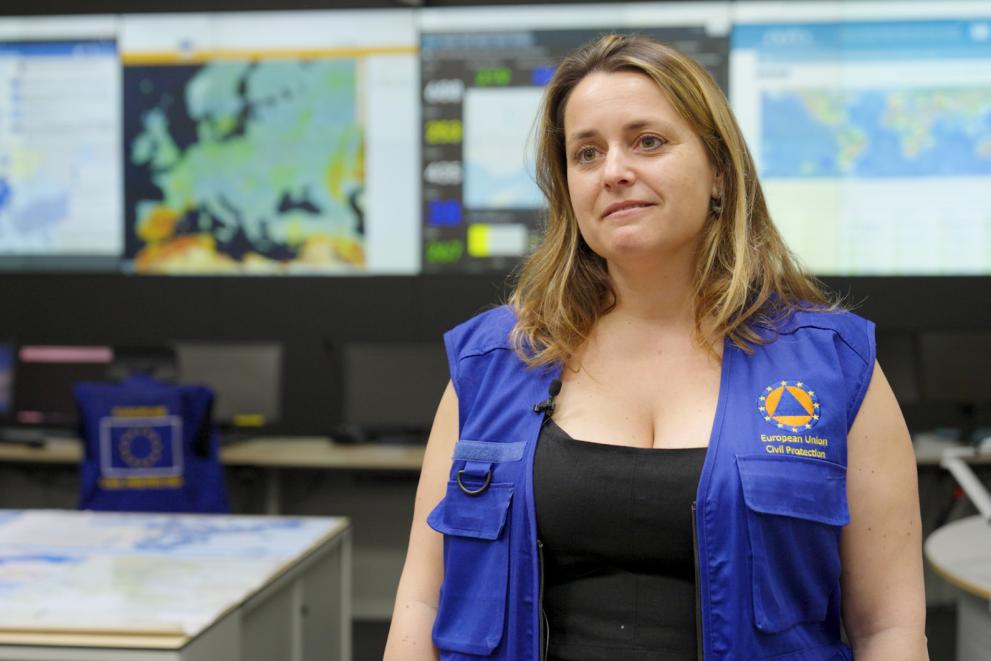 Nieves Cotero
Nieves CoteroEU Emergency Response Coordinator
“What I like the most is that you can see what we do has an effect on people. So, it’s an immediate reward after a long day of shift when you see that something has been delivered that can have an impact in someone’s life”
Step inside the premises
What does the ERCC look like? How is the EU’s emergency response coordinated from this centre?
We have designed a virtual tour incorporating e-learning modules to increase visibility and awareness of the EU Civil Protection Mechanism and the work of the ERCC.
The ERCC virtual tour offers a dynamic and interactive experience that allows you to explore the premises as if you were there. During the tour, you will see the briefing, control, and conference rooms, where you will hear directly from EU civil protection officers.

